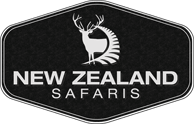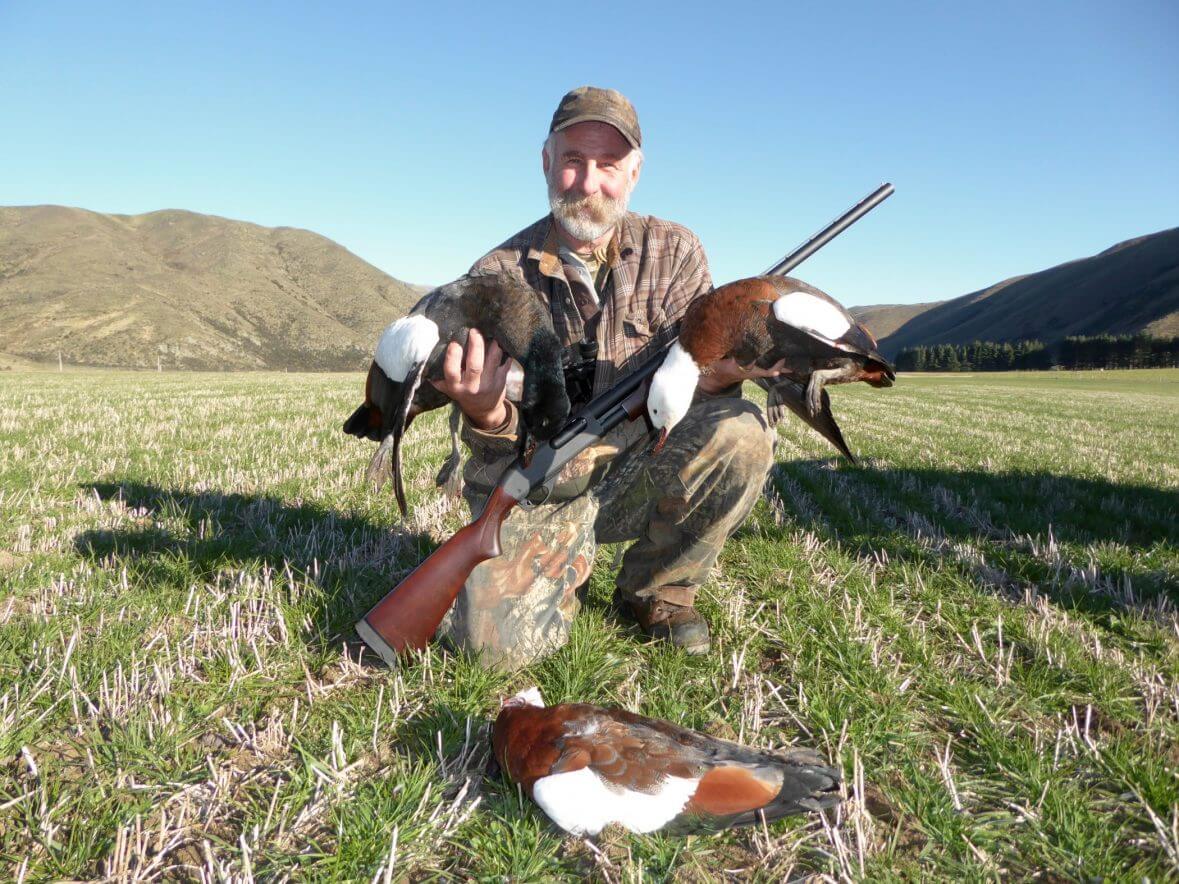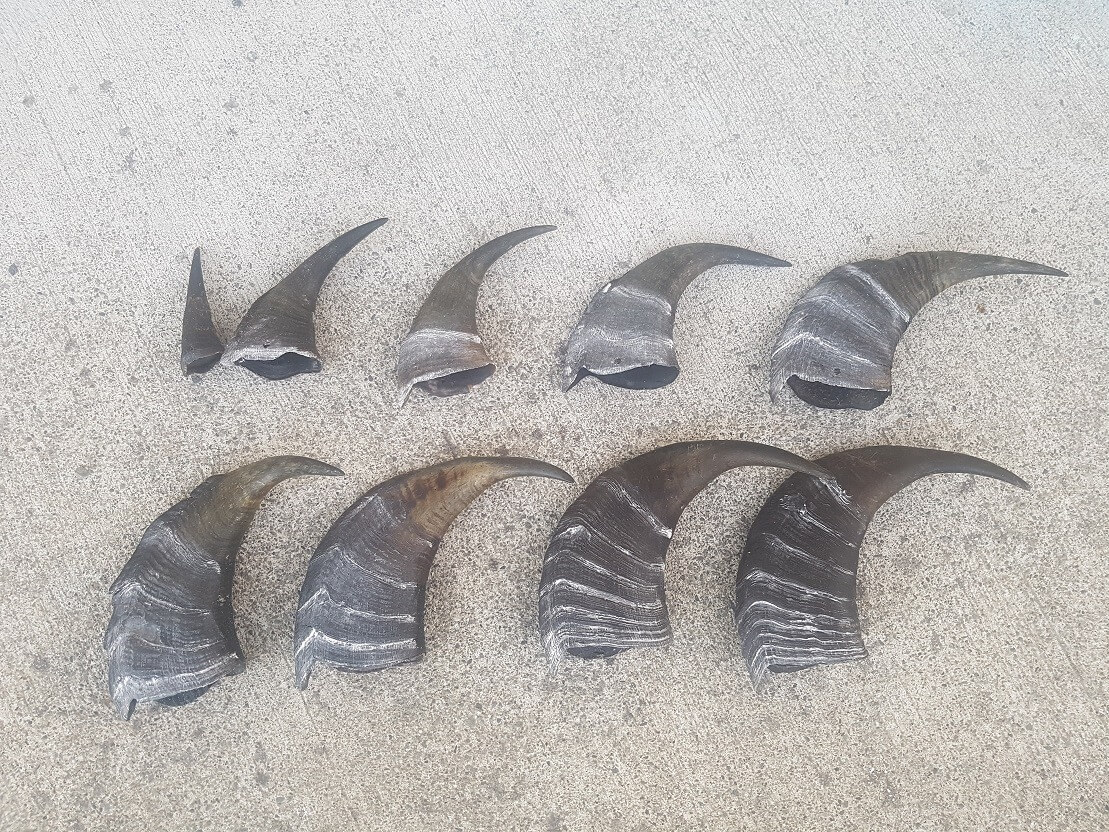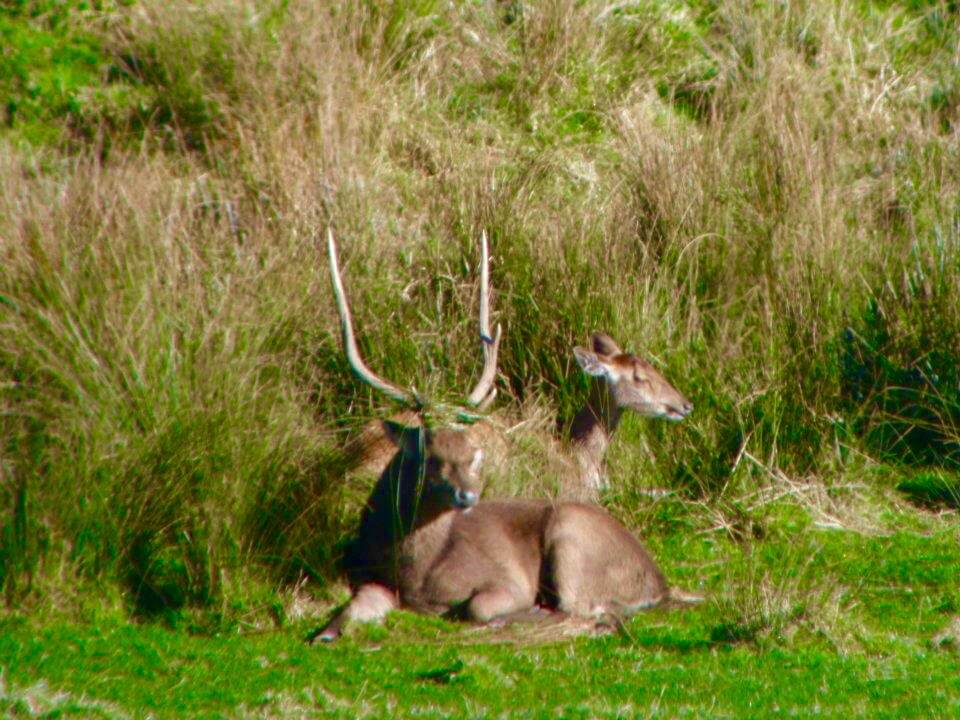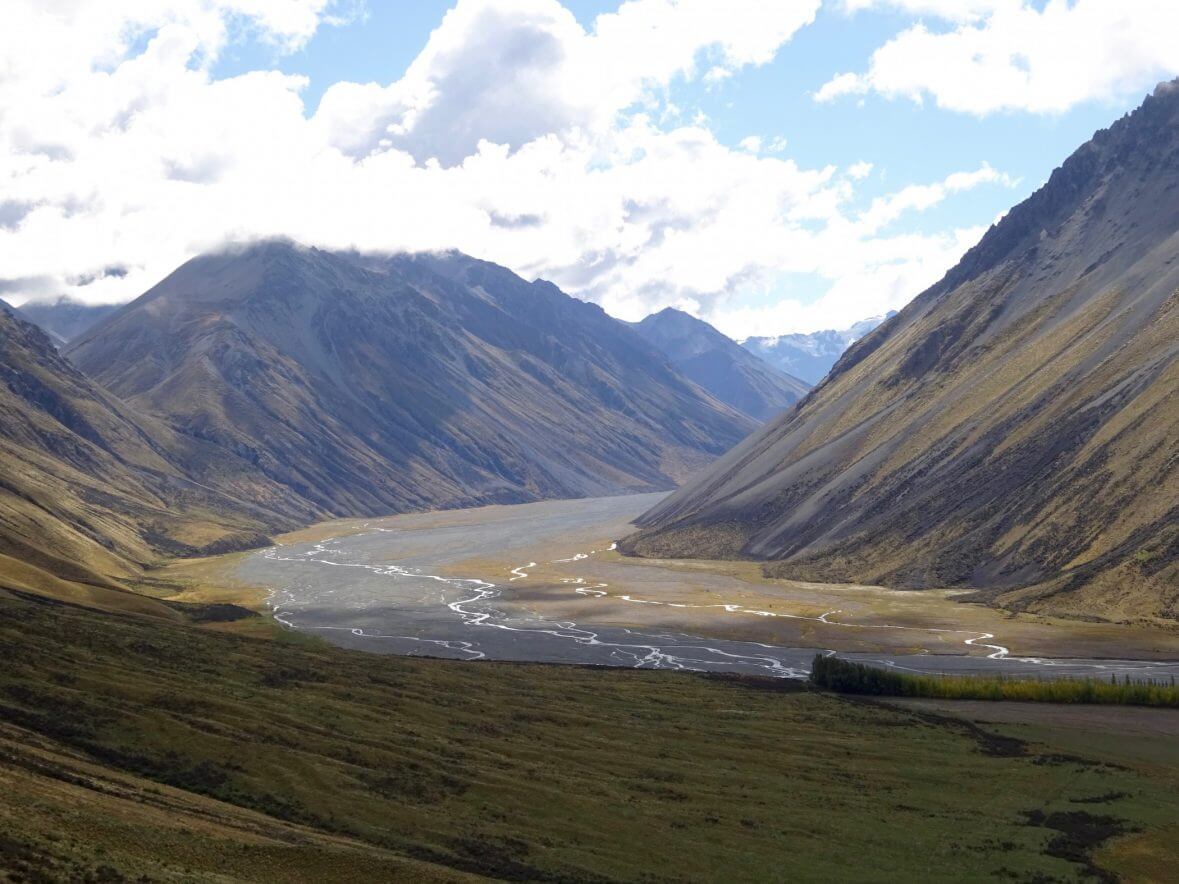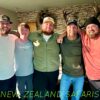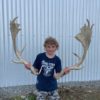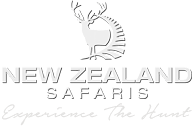Bird shooting in New Zealand is recognised world wide for the variety of species and bag limits. The main bird shooting or wing shooting season in New Zealand is from the first Saturday in May through until end of July.
With generous bag limits of up to 25 birds per day bag limit this is a great water fowl hunting paradise. Bird shooting in New Zealand can take place over ponds, rivers, dams, lakes & oceans and even dry land with decoys such as Paradise Ducks and Canadian Geese.
With the ability of being able to feed, private ponds birds tend to congregate in these areas and farm land. Bird shooters are able to combine big game hunting with their bird shooting based out of a lodge each day with options for half or full days of bird shooting. Steel shot is required over bodies of water which is readily available to purchase in New Zealand or bring with you. A day licence or season licence is required to bird shoot in New Zealand at New Zealand Safaris we help clients obtain these online the week/evening before as well as a visitors firearms licence.
Your guide will be with you each day with decoys, lunch, and helping to call in and retrieve.
Learn more about wing shooting safaris with New Zealand Safaris.
Turkey hunting in New Zealand is something many hunters will experience while on their adventure in the country. In New Zealand the main species of turkey are the Merriam. The birds are found in centralised areas on private land around the country, and growing exceptionally large and old due to the lack of hunting pressure. Locals traditionally don`t hunt Turkey in New Zealand, and with the lack of natural predators numbers are very high.
We are able to hunt these birds year round. The Merriam turkey breeding season in New Zealand is from October-November. Turkey hunting in New Zealand you are able to use Bow, Shotgun, or rifle hunt. Hunters coming during the main season February-August are able to add on turkey and water fowl hunts to their big game animal hunts. October-February we offer exclusive Turkey hunting packages that may also include wallaby, some of our horned animals and meat hunts.
One of the most common confusions we see is with people not knowing how to age Tahr properly. The easiest and most accurate way is to use horn ‘annuli’.
Annuli in this sense is referring to a ‘ring’ formed on the horns of animals as their horn growth slows/stops. With Tahr this happens during the winter and every winter a new ‘ring’ will appear. As the spring growth comes through the horn will grow away again.
The spaces between each ‘ring’ will progressively get smaller each year until the animal reaches a point where they grow very little. Annuli form on most horned animals, both male and females, and have been used for a long time as an accurate age measure. False ‘rings’ can and do occur, these are where the animal has a short period of slowed/changed growth (such as an injury), these rings are not as well defined as ‘true annuli’. Tahr horns are generally pretty straight forward to age, and have few false rings or wrinkles.
The best view to see annuli is often from the ‘inside’ (back side) of the horn, as the outer surface can be broomed/damaged and harder to read. True annuli will be a defined line that goes all of the way around the horn, and you will be able to get your fingernail/knife edge into the ‘ring’.
One thing to remember is annuli/ ‘rings’ refer to winters, not years. They don’t magically form on the animal’s birth day. So, animals are generally called full or half years depending on the time of year they are shot. Animals shot in the spring/summer will be ‘full years’, eg 9 or 10 and so on. Shot during the rut/winter they will be closer to ‘half years’, eg 9.5 or 10.5 etc.
As we know most Tahr are born at the end of November, from then they have about 6 months of growing before their first winter and during this winter the horn growth is slowed. The horns then start growing again in the spring. This first growth is refereed to as a ‘lamp tip’, and this first growth is arguably the most important in determining the overall size of the horn.
The first real ‘ring’ is formed the next winter at around 1.5 years (18months) old. From then on, we see the same pattern with around 6-8 months growth and a ‘ring’ formed each winter. Like all horned animals the first couple of years really determine how big the horns will grow.
A bull can grow anything from 4”-8” over the first 1.5 years and a bull can never ‘catch up’. (they cannot grow more in their 3rd year than they did in their 2nd year). This is important to remember when looking at ‘false rings’.
Determining the first ‘ring’ at 1.5 years is the most important and can often be hard to see. A good indicator is the change in horn type, the lamb tip is smooth and with out a ‘keel’ or ‘ridge’.
We are seeing some true monster Tahr being shot, some pushing 14+” at only 5-7 years, what these bulls would grow into if left to old age is hard to imagine. Passing these bulls up is a very hard decision, especially on public land. But I think it is only a matter of time before we a see a few of these bulls that have escaped hunters and lived to old age and some of them will be pushing well into the 16-17″ class if given the chance. Of note is the current World Record bull(Free range), only 7 years old and is over 15″ long with 10 1/4″ bases(SCI 50 7/8ths).
A bull Tahr seems to live for a maximum of around 15-17 years, after the 8-9 year bracket the horn growth slows dramatically and is only around 1/8 or 2/8ths of an inch per year.
This rut we are likely to see a perceived ‘increase’ in bull Tahr numbers, this will be because of the reduced numbers of Nannys.
In some ways this will be good, as there will be alot of bulls to look over, but its important to remember the longer term impacts of the animals we shoot and we need to work toward a stable and healthy herd as a hunting resource.
A bull Tahr is mature around 6-7 years, and we need to ensure we are targeting bulls older than this to make sure the herd retains a natural balance.
If anyone has some good photos of old bulls feel free to send them into us, or post them below, and remember to share this around leading up the main hunting season.
A rusa deer (Rusa timorensis) is one of the most elusive deer to be found in the New Zealand bush. New Zealand Safaris offers rusa deer hunts in both New Zealand and Australia.
Description
Size: Male height is about 1060 mm at the shoulder and weighing 122 kg, females 810 mm shoulder height and weighing up to 70 kg.
Colour: Males dark reddish-brown summer coat changing to dark greyish-brown in autumn. Females pale yellowish-red in summer and greyish-red in winter. Chin, throat and underparts cream.
Antlers: Present in males only. Antlers cast December-January and new growth complete by May. Normally 3 points on each antler, with the inner tine longer than the outer and nearly parallel with the inner tine of the other antler.
Social behaviour: Wary and semi-nocturnal rusa spend much of the day holed up in thick vegetation cover. They live in small groups and have relatively small home ranges. Prefer mixed grass areas for feeding and often utilise adjacent farm paddocks and crops.
Reproduction: Rut commences mid-July and continues into August.
Males collect a harem of females. The actual male rusa’s roar could be described as a short husky growl rather than the drawn out bellow of a red stag. Males roar infrequently perhaps only 2-3 times a day with concentrated activity early morning and late afternoon.
Males wallow and mark their territory with scrapes. While servicing these scrapes, males leave an unmistakeable scent that could be described as a pungent sickly sweet aroma.
Gestation period: About 240 days.
Birthing: Fawns are born March – April. Twins rare.
Nomenclature: Male = stag. Female = hind. Young = fawn/calf.
Hunting Tips:
| Characteristics/behaviour | Hunting response |
|---|---|
| Rusa are a medium sized deer. | Rifle ccalibre of .270and above are suitable for shooting rusa deer. |
| Occupy areas of thick cover with warm aspect and adjacent to open grazing areas. | Seek out suitable habitat and either:Hunt very slowly, stopping often to look around as rusa are often very hard to see amongst dense vegetation.Stake out a warm clearing (especially in winter) and wait for a deer to come to feed, often involves a long shot. (Probably the more successful method.) |
| Semi-nocturnal and active mainly early morning and late afternoon, lay up in thick cover during much of the day. | Hunt or be at the stake out location early morning or late afternoon when deer likely to be more active. Rusa Stags rut from June-October. |
| Rusa are rarely encountered on their own. | When a rusa is sighted be alert as others may be in close proximity but hidden from view. |
| Sign of rusa includes a network of well used trails and tunnels connecting bedding sites with feeding areas. | Stake out areas where recently used tracking systems are found accessing feeding areas. |
DIY hunting or hunting without a guide in New Zealand is always an option. The major difference you will find in hunting on public land on your own versus private land with a guide is in the game management or more specifically the lack of game management. On most government land there is no season so animals get hunted all year round by residents and DIY New Zealand hunters which naturally forces them to live in steep and inaccessible areas. These areas will have very low quality of food due but the hunting pressure forces them them.
Helicopter hunting is also very common on government land, this means that at any stage during a hunt on public land helicopters can and will come through your area especially for Tahr & Chamois.
All of the private land that New Zealand Safaris hunts on is managed, helicopters are prohibited and we hold the exclusive hunting rights. The game animals on these properties have a value and are respected. These private properties are huge, averaging between 15,000-40,000 acres of mountain to hill country. Each mature trophy animal that is harvested is paid for (many thousands of dollars) directly to the land owners. This then means that animals are not over shot without value as opposed to government land.
Less hunting pressure, better quality feeding areas, animals get a chance to grow old and big which then creates superior genetics. Hunters with a tight budget and more interested in shooting an animal of any size of sex and where age is not important will be more suited to DIY New Zealand hunting.
